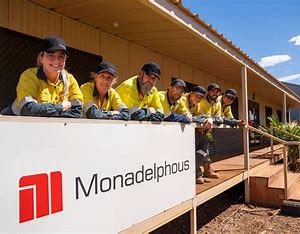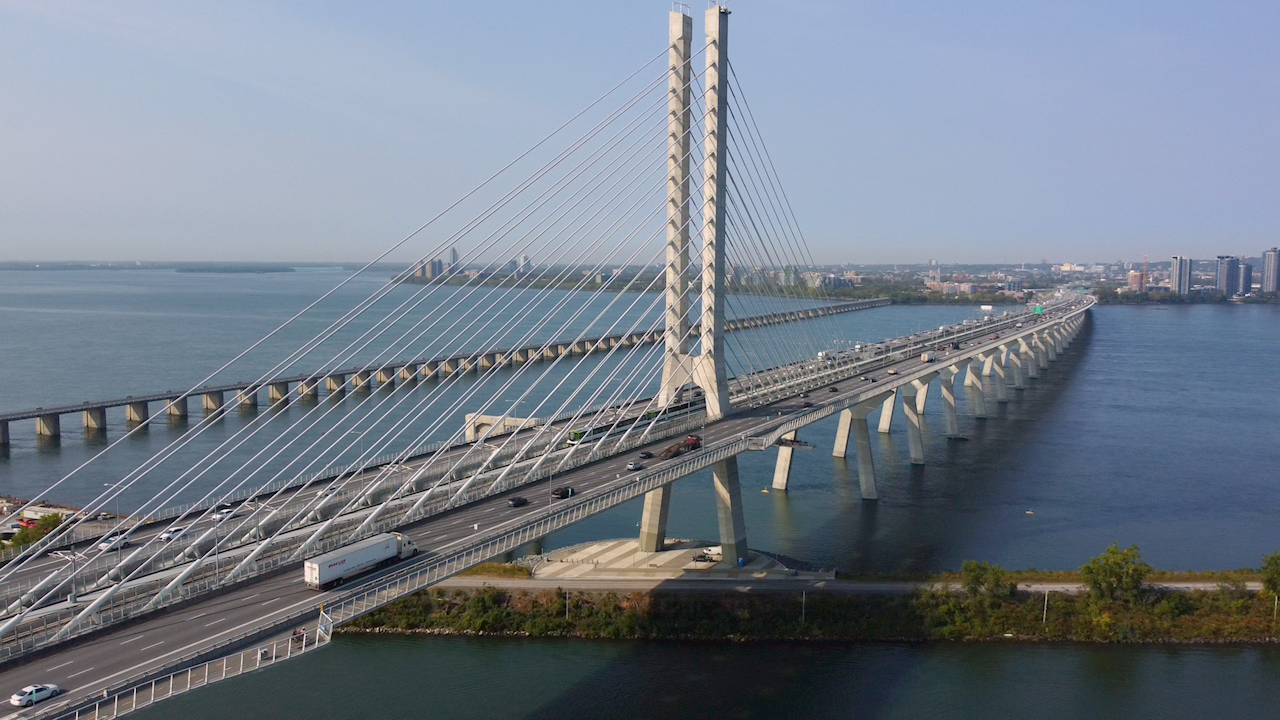
Energy Automation Systems, Inc. (EASI), which develops, manufactures and markets energy saving technologies, has started construction on a $1.5 million, 20,000 square-foot manufacturing facility in Gallatin, Tennessee.
The company expects to manufacture approximately $30 million of products annually at the new site.
The facility is located on an eight-acre tract of land that EASI officials bought 10 years ago in anticipation of company growth. Project completion is scheduled in late December 2010.
EASI has previously been leasing a manufacturing site in Gallatin. Joe Merlo, EASI founder and chief executive officer, says it makes sense for the growing company to own its own manufacturing plant.
"We will ultimately be able to add about 12 new employees to our present manufacturing staff," Merlo said. "Demand for our energy-reduction products is increasing, so we are already looking ahead at a second-phase expansion to the building now under construction."
Phase II is scheduled for 2011 - 2012 and should add another two dozen employees when completed. "We plan to add an additional 20,000 square-feet to manufacture our own custom sheet metal enclosures and new LED lighting products," said Dr. Paul Bleiweis, EASI president. "The building is designed so that we can seamlessly add a total of 60,000 square feet of space to the footprint."
Three of EASI's 14 energy-saving products will be constructed in the new facility: power factor correction capacitors, passive harmonics filters, and lighting controls. Other EASI-manufactured products, currently manufactured in several locations, will be transported to Gallatin and from there shipped to EASI sales affiliates around the world.
Technologies developed, manufactured or marketed by EASI serve three purposes: improving power quality, eliminating waste in electrical systems, and reducing kilowatt hours and kilowatt demand. EASI guarantees energy savings between 10 and 30 percent.
EASI is installing its own technologies in the new building to keep its own energy costs down, Merlo said. Additionally, energy-efficient LED lighting and air-conditioning, insulation, and reflective building materials are part of the building's environmental attributes.













